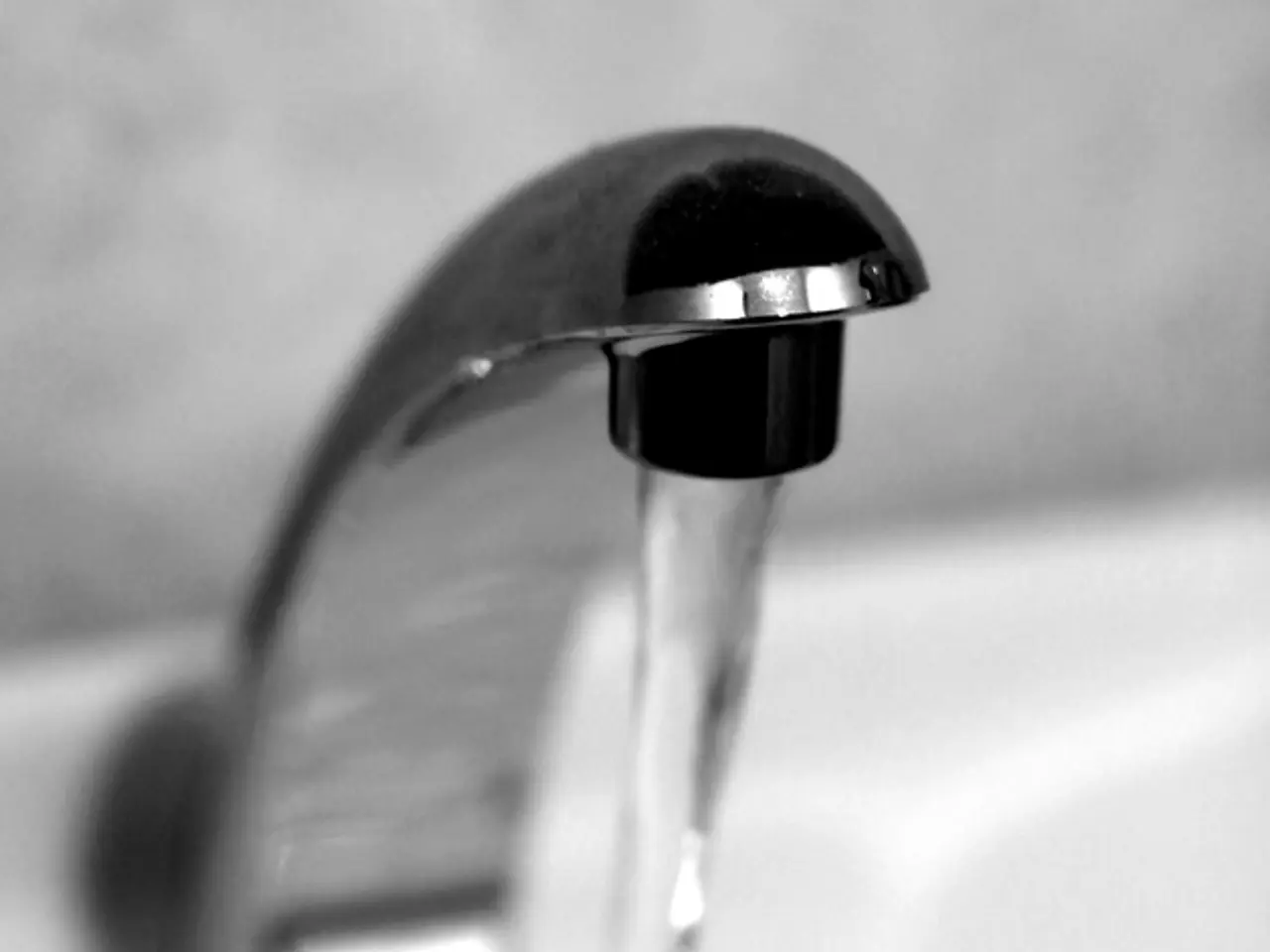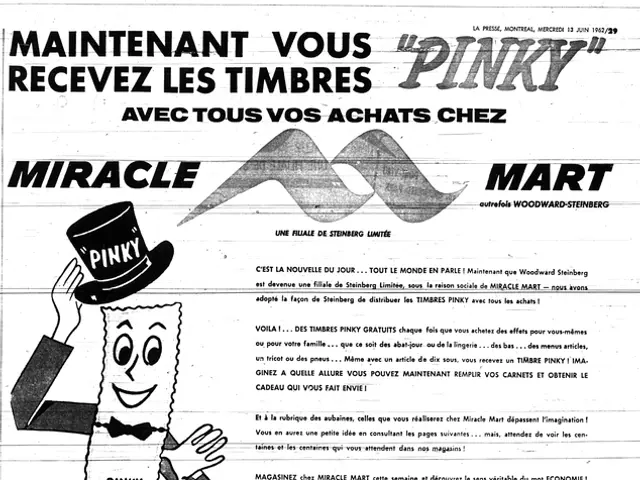Protecting Water Sources for Future Use
In the pursuit of safeguarding our drinking water supplies, understanding the available resources is crucial. Here's a roundup of key facts, tools, and funding opportunities to help you navigate the world of source water protection.
Firstly, the Environmental Protection Agency (EPA) and state water agencies such as the California State Water Resources Control Board often provide valuable information about water source protection funding. For example, the SWRCB forecasts significant grant funding for water recycling and other water-quality improvement programs, which could be relevant for source water protection projects [1].
Integrated funding and grants portals, like those offered by universities and research institutions, can also be a goldmine for environmental and agricultural research grants, potentially including source water protection grants. Resources such as Ohio State University’s funding opportunities page publish internal and external calls relevant to water and environmental projects [2].
Climate and adaptation funds, focusing on climate finance, sometimes cover water resource projects, including readiness and capacity building grants under new funding windows. The Adaptation Fund’s readiness program shares news and seminar information about accessing such funds [4].
State legislation and environmental funds also play a significant role. Some states maintain statutes and financial assistance programs specifically for water pollution abatement and source water protection. For instance, Wisconsin provides detailed statutes on clean water fund programs, nonpoint source pollution abatement, watershed projects, and other related financial assistance avenues [5].
Workshop and application guidance documents, provided by government agencies or included in funding opportunity releases, can be incredibly useful for applying to clean energy and water infrastructure grants, possibly overlapping with source water protection activities [3].
The Funding Integration Tool for Source Water (FITS) is a valuable resource in this regard. This tool helps users integrate various federal funding sources to support activities that protect sources of drinking water. The updated FITS tool now includes 14 federal funding sources and can be accessed here [6].
Another useful tool is DWMAPS (Drinking Water Mapping Application to Protect Source Waters), an online mapping tool that helps state and utility drinking water professionals update their source water assessments and protection plans [7].
Protecting sources of drinking water is essential, and it comes from underground water (aquifers), streams, rivers, and lakes. Harmful Algal Blooms, Per- and Polyfluoroalkyl Substances (PFAS), Cyanotoxins in Drinking Water, and Sole Source Aquifers are related topics that may impact source water protection [8].
Private wells are another aspect to consider, and resources for their protection are available. Learn about using the Drinking Water State Revolving Fund (DWSRF) for source water protection, and view a webinar and slides regarding the expanded eligibilities [9].
The America's Water Infrastructure Act of 2018 expanded source water protection-related eligibilities under the Local Assistance Program set-aside [10]. Read a fact sheet and case studies about using DWSRF set-asides for source water protection loans [11].
Resources in Spanish for the U.S. Water Infrastructure Law are available, and additional water resources are available as well [12].
For more specific information about the FITS website or contact point, or for direct links to state and federal funding resources tailored to your location or project type, feel free to ask!
[1] SWRCB Grant Funding [2] Ohio State University Funding Opportunities [3] Government Agency Workshops and Guidance [4] Adaptation Fund [5] Wisconsin Clean Water Fund Programs [6] Updated FITS Tool [7] DWMAPS Tool [8] Related Topics [9] Private Wells and DWSRF [10] America's Water Infrastructure Act of 2018 [11] DWSRF Set-Asides for Source Water Protection [12] Spanish Resources
- In the realm of environmental science, understanding the sources of drinking water is essential to protect it from pollution.
- The Environmental Protection Agency (EPA) and state water agencies, like the California State Water Resources Control Board, offer invaluable information regarding funding for source water protection.
- Integrated funding portals, provided by universities and research institutions, offer a wealth of environmental and agricultural research grants, including source water protection grants.
- Climate and adaptation funds, focusing on finance, sometimes cover water resource projects, which can include readiness and capacity building grants for source water protection.
- State legislation and environmental funds play a significant role in water pollution abatement and source water protection, with states maintaining programs specifically for this purpose.
- The Funding Integration Tool for Source Water (FITS) is a useful resource in navigating federal funding sources to support activities that protect sources of drinking water.
- In the health-and-wellness, fitness-and-exercise, lifestyle, business, technology, and education-and-self-development sectors, understanding the impact of factors like Harmful Algal Blooms, Per- and Polyfluoroalkyl Substances (PFAS), Cyanotoxins in Drinking Water, and Sole Source Aquifers on source water protection is crucial.








